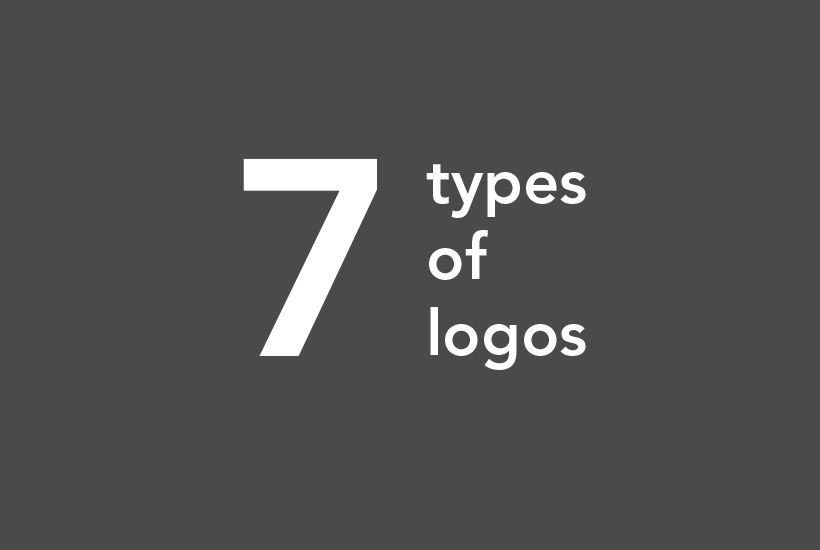7 types of logos
Your logo is your mark on the world, an instant visual symbol, full of meaning that reveals the essence of your brand. Before you pack so much significance into a graphic representation, you should do your homework. The logo should be informed by brand research and driven by strategy and positioning. It must be highly differentiated from your competition, evoke your brand personality, and convey your brand voice.
It’s helpful to understand the 7 types of logos before embarking on the path to creating or refreshing your brand.
1) Wordmarks (or Logotypes)
Wordmarks comprises of a standalone word(s) or acronym. It should be easily read and distinctive. Minor tweaks and treatments can help make it unique. Examples includes:
- NASA
- Braun
- Coca-Cola
- Fedex
2) Letter Marks (or Monograms)
Letter marks don’t constitute a complete word or message. They are free standing letters and therefore must be characterized by bold personality and significance to be memorable. Examples include:
- Air BnB
- Univision
- IBM
- McDonalds
- Westinghouse
3) Conceptual Marks (or Pictorial Marks)
- Conceptual marks draw on the power of imagery to express the essence of the brand. They should be easily recognizable and yet significant. They are often used in the technology and service based industries. Examples include:
- Apple
- Shell
- PBS
4) Emblem Mark
When a wordmark, letter mark or conceptual mark is housed within a shape that is an essential part of its’ identity, it is an emblem mark. Due to the multiple elements, these marks should be simple. They can have legibility issues if scaled small. Examples include:
- BMW
- UPS
- Harley-Davidson
- Starbucks
5) Combination Mark
It is a combination of two elements, a letter mark or wordmark with a combination of a pictorial mark, mascot, or abstract mark. Examples include:
- Adidas
- Adobe
- Rolex
6) Mascot Mark
Mascot marks combine mascots in a logo. These are generally illustrated characters done in a fun / stylized way. They are often used for brands that are targeting families or kids. Examples include:
- Pringles
- Android
- KFC (Colonel)
7) Dynamic Marks
Dynamic marks adapt to the position they are in. It can change in orientation, color, or more. Examples include:
- Google’s homepage logo


